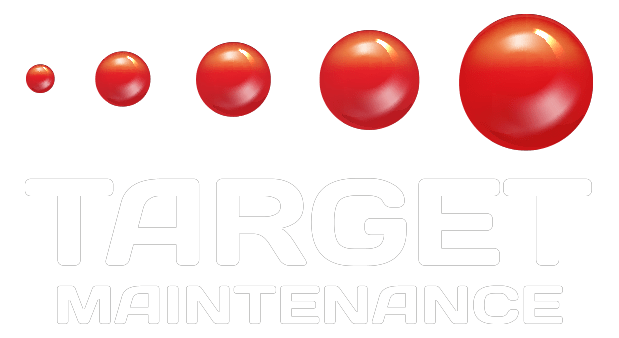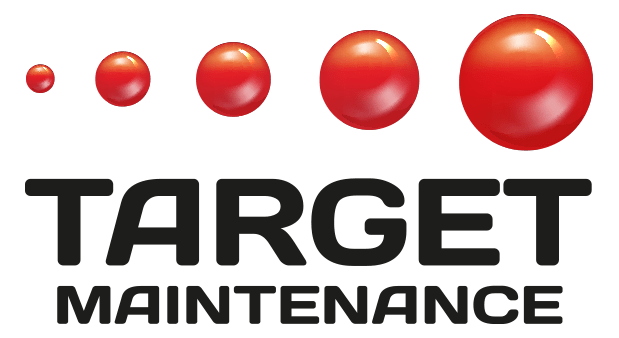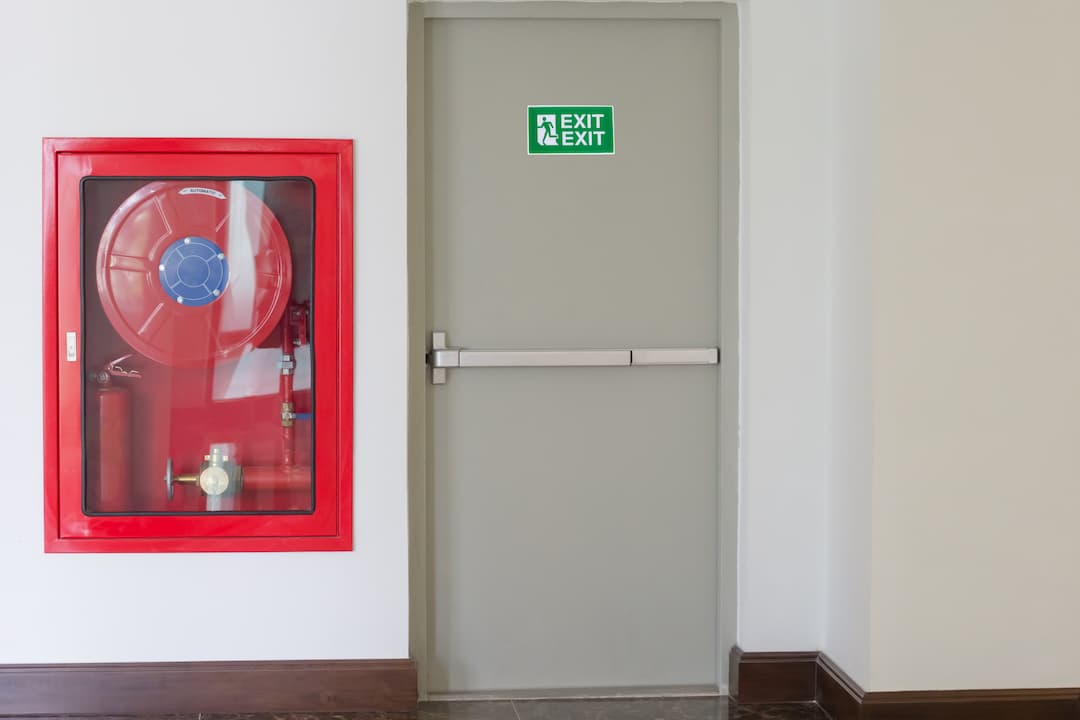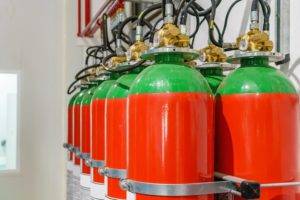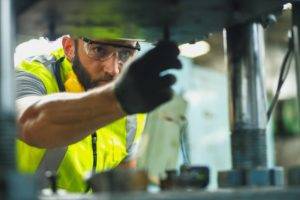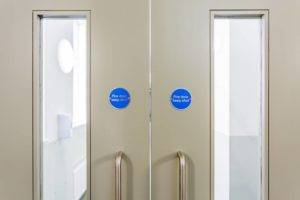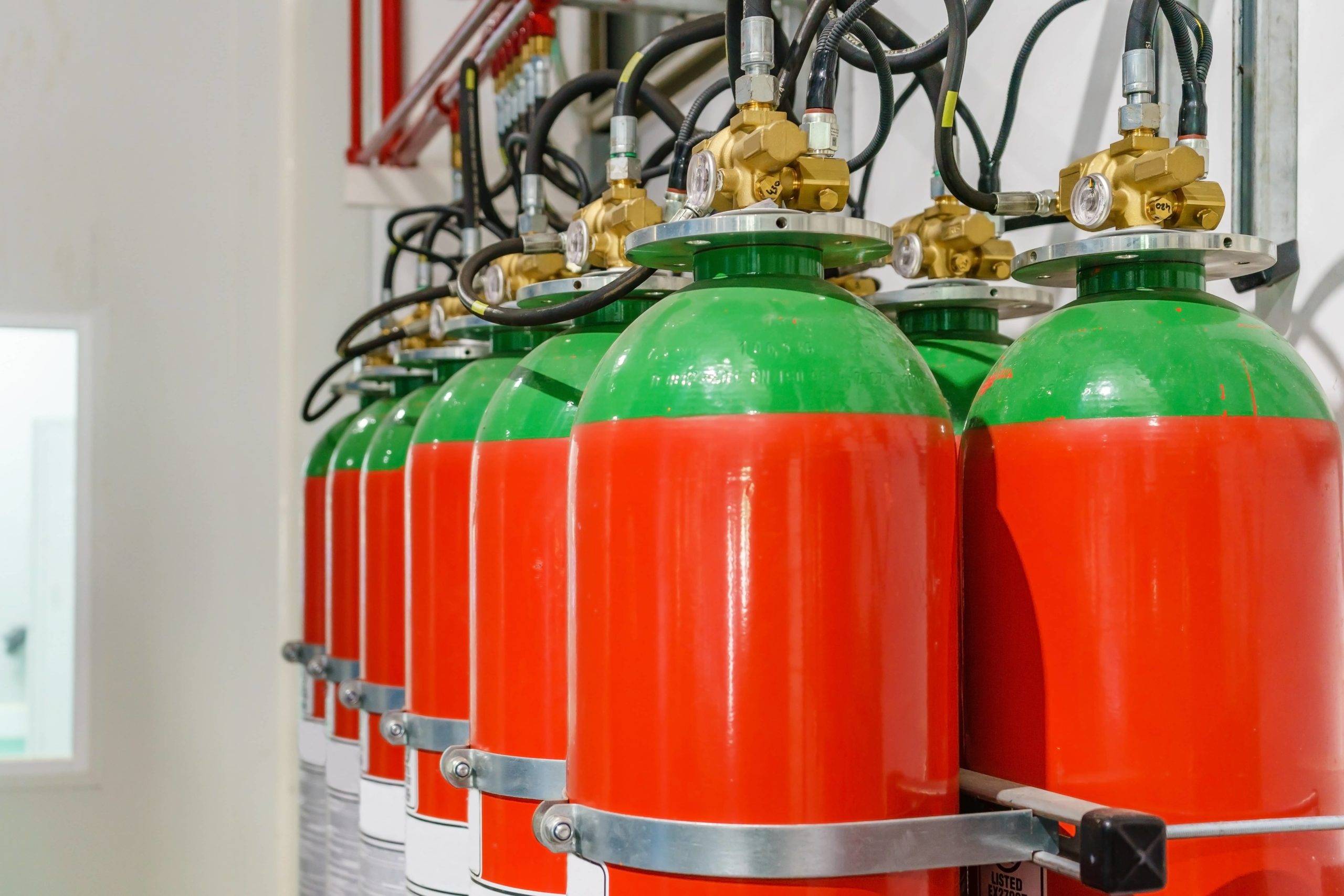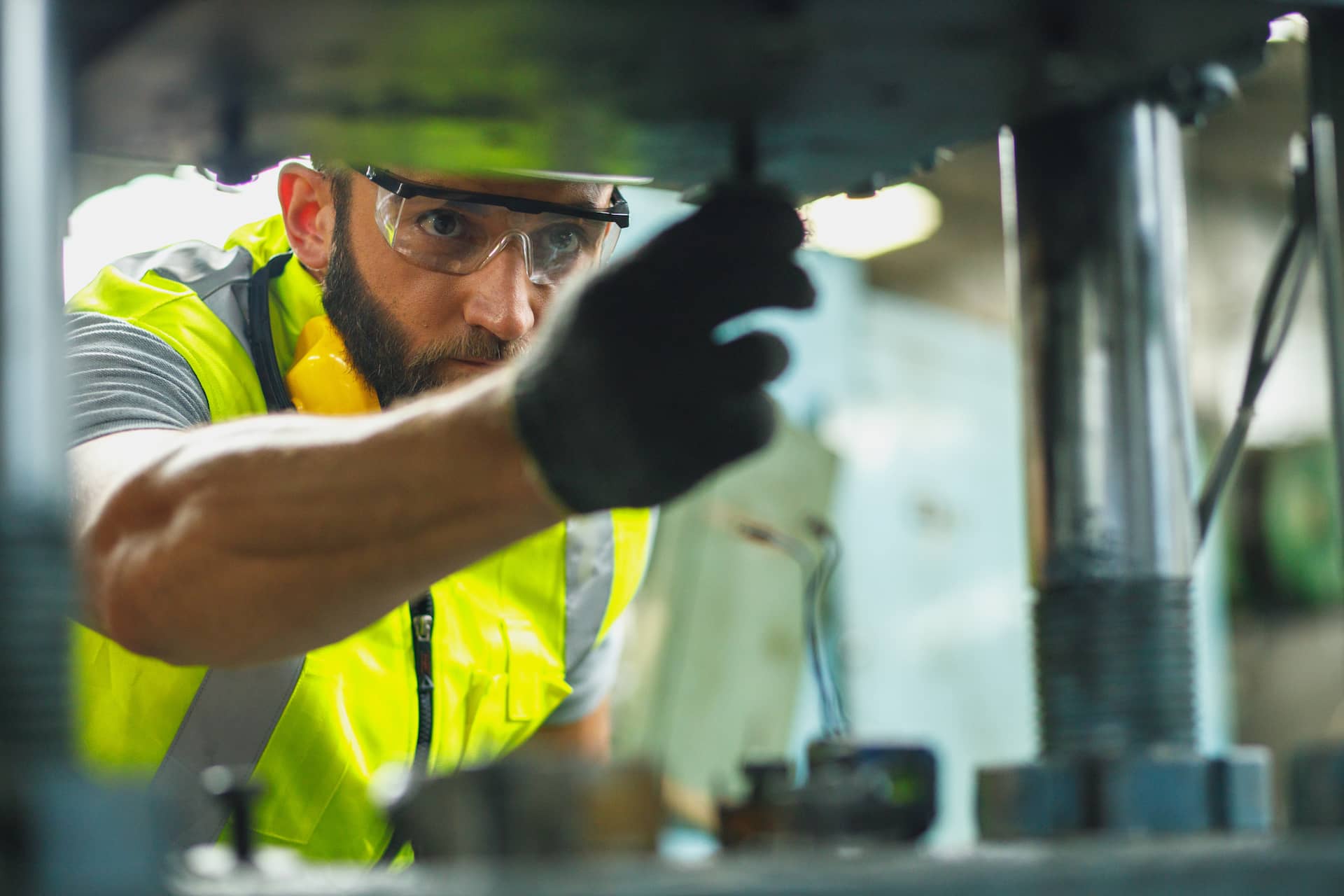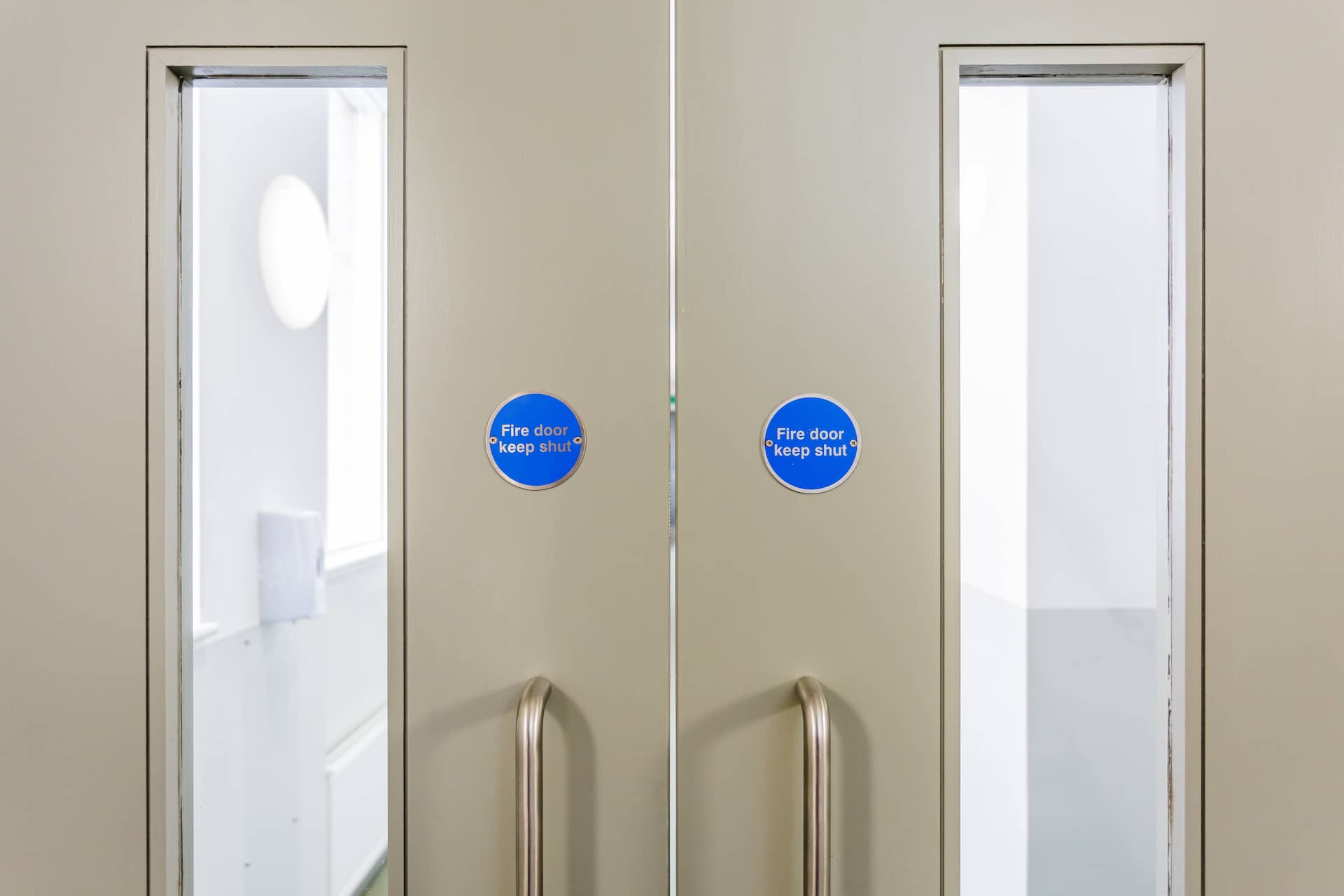We all know that fire safety is a crucial part of any building; it protects the occupants, the property itself, and the business reputation. When you start looking into fire safety solutions, you may get confused about all the jargon involved; fire stopping, passive protection, active protection. In this post, we’re going to break down one of these solutions. Let’s find out everything you need to know about passive fire protection and what it does.
WHAT IS PASSIVE FIRE PROTECTION?
Passive fire protection is a vital part of a building’s fire safety strategy. It’s built into the structure of a building, and the purpose is to contain a fire. It limits the spread of fire and smoke by containing it in compartments, protecting escape routes, and protecting its structure.
Passive fire protection is built into the structure to provide stability to the walls and floors, and it separates the building into smaller, more manageable compartments. This method protects the fire brigade and allows more time for occupants to evacuate the building.
WHAT IS THE DIFFERENCE BETWEEN ACTIVE & PASSIVE FIRE PROTECTION?
ACTIVE FIRE PROTECTION
Active fire protection aims to detect and stop fires and give people a chance to escape. Sometimes, this involves a manual action. One example of manual active fire protection is a fire extinguisher. On the other hand, some active fire protection is automatic, for example, a sprinkler system. Active fire protection works alongside passive protection, but they do have different purposes. They are both crucial in ensuring a quick response!
PASSIVE FIRE PROTECTION
Passive fire protection aims to prevent the spread of fire throughout a building. When installed correctly and used properly, less intervention is required when a fire breaks out. Passive fire protection is a vital element of fire safety, and it helps keep the building’s occupants safe whilst controlling fire. The way passive fire protection works is they require energy input or human intervention to work. But, when installed and maintained correctly, they can be a crucial part of reducing the risk of fire.
TYPES OF PASSIVE FIRE PROTECTION
FIRE STOPPING
There are different types of fire stopping, all providing different levels of fire protection. It’s installed within ceiling voids, roof voids, walls and under flooring. This is a method of compartmentation, separating sections of the building to support the building structure and contain a fire. The main aim of fire stopping is to stop the spread of smoke and flames. Fire stopping should always be installed by a professional technician.
FIRE DOORS
The purpose of a fire door is to delay the spread of fire, preventing damage and saving lives. Both external and internal fire doors are another method of compartmentalisation, they contain a fire and make it easier to tackle. There are a variety of styles and designs available, along with additional features to create bespoke fire doors. There are a few different fire doors that meet regulations, including FD30 and FD60 entrance and communal screens, frame armour systems, and high-security doors.
It is crucial for fire doors to be maintained & repaired, otherwise they won’t work as they should. Your property will not be properly protected from fire if your fire doors are not repaired when required. Fire door maintenance & repairs should always be carried out by a qualified professional.
FIRE CURTAINS
Fire curtains are designed to prevent smoke and flames from spreading through voids in a building. They’re another way of providing compartmentalisation within a building, which we know is one of the best things you can do to contain a fire. There are different variations of fire curtains, from lightweight to flexible to insulation, there is an option for all requirements.
Fire curtains can provide up to two hours of fire protection in both occupied and unoccupied properties. They can be installed within risers, ceiling voids, and lofts.
PASSIVE FIRE PROTECTION MUST BE INSPECTED & MAINTAINED
A qualified technician must install your passive fire protection solutions, but the work doesn’t end there. You must ensure your passive solutions are inspected by a qualified person, and repaired if necessary. Correct maintenance of your passive protection is crucial to ensure your fire safety solutions meet regulations and provide ultimate safety. Fire protection maintenance services include:
● A survey of all your current methods is presented to you in a physical report (usually with photos)
● You’ll receive a report highlighting all the work reported as required to ensure your solutions are fully compliant with regulations.
● Information regarding any repairs that need to be carried out will be provided
GET IN TOUCH WITH A PROFESSIONAL FIRE TECHNICIAN
Here at Target Maintenance, we install, maintain and repair passive fire protection systems. We have 25 years of property-related experience, and we always put your safety at the forefront of everything we do. Contact us today to find out more about our services.
